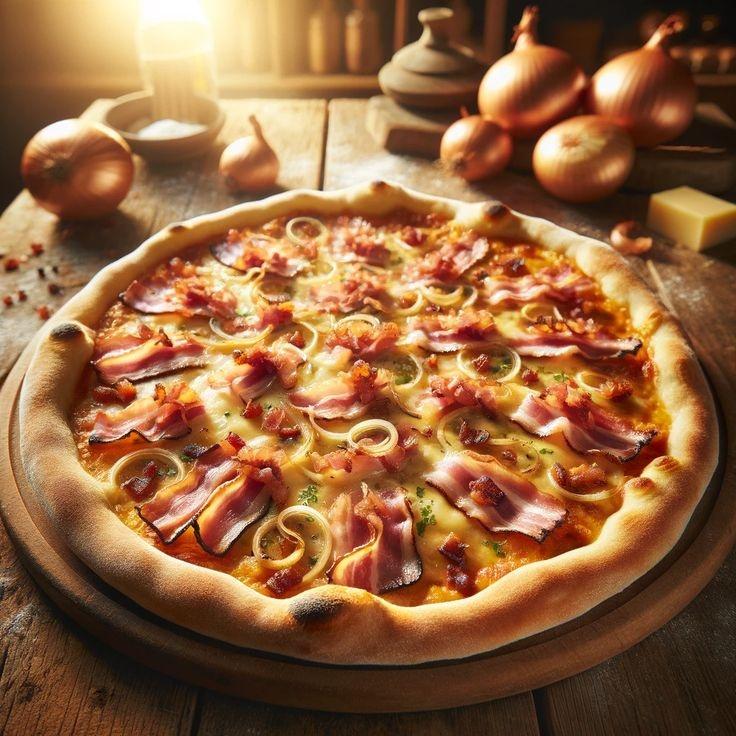At InfiniteAvenues, our philosophy is that true excellence in pizza lies in the dough. With over thirty years refining our mixture, we’re thrilled to divulge a few key insights. While our precise blend remains our own (some legacies are meant to be kept), these tips will guide you towards crafting a pizzeria-level pizza base in your own kitchen.
Choosing the Right Flour
The cornerstone of perfect pizza dough is premium flower. 00 flour, an ultra-fine Italian variety with a moderate protein percentage (near 12%), is our top choice to yield a mix of sturdiness and suppleness. Should 00 flour be unavailable, bread flour makes a decent alternative, yet expect a change in consistency.
Understanding Water’s Role
Water's warmth can speed up or slow down fermentation and impact dough maturity. Opt for colder water about 45°F (7°C) for prolonged fermentation and enhanced taste, or use warm water approximating 85°F (29°C) for a faster process. Aim for 60-70% water to flour proportion for optimal dough in most household ovens.
Yeast and Time: A Delicate Balance
A pivotal element to delectable dough is a modest yeast quantity and extended fermentation. We use a mere 0.2% of fresh yeast compared to the flour mass for dough that ferments over 24-48 hours. The leisurely pace fosters a richer flavor profile and crafts a dough that's more digestible.
Salt – It’s Not Just a Flavor Enhancer
Salt is multifunctional; it not only flavors your dough but also reinforces the gluten network and moderates fermentation. We advocate for fine sea salt at a 2.5-3% ratio to flour mass. Introduce it once your water and flour begin to amalgamate, ensuring it doesn't make direct contact with the yeast.
Fermenting Like a Master
Post-blend, allow your dough to undergo a primary fermentation at ambient temperature for a couple of hours, then portion it into individual balls. Store them in sealed containers and chill for 24-72 hours. It's during this cooler fermentation period that the transformation occurs—enzymes convert starch into sugars, imparting a rich flavor and producing the distinct golden crust observable in our pizzas.
Gentle Treatment to Preserve Quality
Prior to pizza creation, take your dough from the cold storage 1-2 hours ahead of baking to bring it to room temperature. Handle it with care to keep the gas bubbles intact. Manipulate the dough with fingers to gently stretch and shape, rather than rolling it out, which depletes those vital air cavities.
Heat – The Final Flourish
Although our brick ovens achieve fiery heights of 850°F (454°C), standard home ovens usually only reach about 550°F (288°C). To bridge this gap, employ a pizza stone or steel, preheated for no less than an hour. This will mimic the potent bottom heat essential for a perfectly crisp crust and a light, airy interior.
The journey to master pizza dough is ongoing; every mix is a new lesson in the art. We invite you to document your findings, tinker with the elements, and identify what produces the best outcome in the climate of your kitchen.
For a live demonstration, attend our monthly pizza-making workshops with Chef Antonio, where he will walk you through these steps in greater detail. Please check our event schedule for upcoming sessions!

